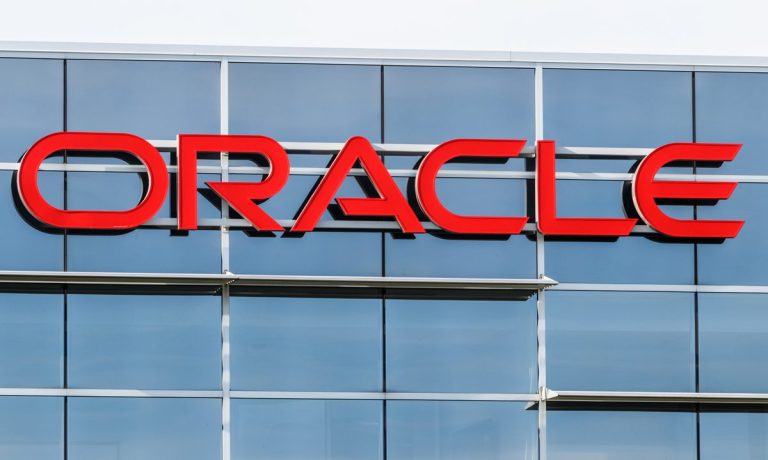
Connected healthcare is putting all the pieces together in 2022 by placing interoperability at the center of transformation efforts, particularly in the electronic health records (EHR) space.
Work is happening across several fronts from data to devices, moving to radically revamp a healthcare system exposed by the pandemic as shockingly outdated in its approach to patient data. Advocates say the new drive for data access is the first step in healthcare modernization.
Big Tech and Big Data are combining forces along these lines as deals set in motion last year come to fruition and promise change. Declaring that helping doctors and medical systems achieve better outcomes with connected data is now the “primary mission” for Oracle, Co-Founder and Executive Director Larry Ellison laid out the company’s vision in a June 9 Oracle conference coinciding with completion of its $28 billion Cerner acquisition.
See also: Oracle Snags Cerner for $28.3B
In a virtual presentation called The Future of Healthcare, Ellison said “every hospital or hospital system buys their own and operates their own information system. There are thousands of hospitals in the United States. This patient data fragmentation causes tremendous problems.”
Ellison noted that today, during an emergency visit to a hospital outside of one’s usual system or in another state, “they can’t find any of your health records. They cannot get access. They don’t know what your blood type is. They don’t know what your allergies are. They don’t know if you have a metallic stent in your heart. They don’t know anything about you.”
Creation of a “National EHR database” giving patients complete control of who sees their health data is the objective, and Oracle-Cerner is just one of several such projects now underway.
In March, Microsoft completed its acquisition of Nuance Communications, whose conversational artificial intelligence (AI) and ambient intelligence systems improve documentation and outcomes.
Read more: Microsoft Finalizes $16B Nuance Purchase
Microsoft Cloud + AI Group Executive Vice President Scott Guthrie said in a press release: “This powerful combination will help providers offer more affordable, effective and accessible healthcare, and help organizations in every industry create more personalized and meaningful customer experiences.”
Also in March, Google and EHR firm MEDITECH partnered to deliver “a true longitudinal view of a patient’s health history” by integrating Google Health’s search and summarization features inside MEDITECH’s Expanse EHR platform, according to a post on the MEDITECH website.
See more: New Google Health Pact Taps Natural Language Processing as EHR Advances Connected Care
“Integrated and medically tuned search capabilities provide clinicians with a more frictionless experience by pulling forward the most salient clinical information to support their decisions, contributing to better patient outcomes,” the post stated.
Government agencies are taking the tech hint. In March, the U.S. Department of Veterans Affairs (VA) named former Microsoft executive Kurt DelBene as its chief information officer (CIO), charging him with overhauling the VA’s 40-year-old in-house EHR system.
Portals Are EHR’s Digital Front Door
These developments align with PYMNTS research into consumers’ new expectations around the quality and accessibility of healthcare interactions given the current data fragmentation.
The study “Accessing Healthcare: Easing Digital Frictions in the Patient Journey,” a PYMNTS and Experian Health collaboration based on a survey of over 2,300 consumers, noted, “Patients may change practitioners if not satisfied with their care, and they also may search for new providers if access to important healthcare-related information is not readily available.”
Get the study: Easing Digital Frictions in the Patient Journey
Online portals are a key sticking point, with increasingly digital-first patient populations expecting 24/7 online access to everything from scheduling to payments to treatment history. This is far from the norm today, and a prime focus of EHR transformation initiatives.
Triaging Medical Payments
The larger industry discussion around modernization also considers new payment models for medical providers. In a recap of its 2022 annual meeting June 10-15, the American Medical Association (AMA) noted increasing use of value-based or alternative payment models, saying that “in 2020, some primary care practices using prospective payment models such as a per-member-per-month model appeared to weather pandemic-related financial hardships more effectively than those in fee-for-service models.”
The AMA added: “Payment models have become increasingly complex, and lack of timely data and operational errors have also impeded adoption. Costly health information technology has posed a major roadblock. Smaller private practices interested in collecting real-time actionable data may not have an IT system that supports a prospective payment model.”
With overlapping acquisitions and fresh developments in creation of a national EHR database, the healthcare system writ large is collectively taking a “moonshot” approach to addressing glaring data gaps, treatment costs and assorted inefficiencies that haunt the system now.
Read also: Electronic Health Records at the Heart of Public-Private Digital Identity Push